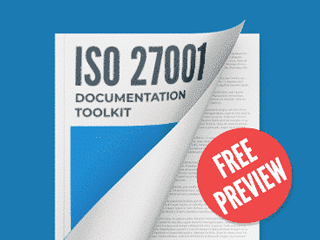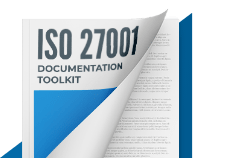Answer: I'm assuming you are referring to ISO management systems. Considering that, since 2012, all ISO management systems are being developed according the same structure:
1- Scope
2 - Normative references
3 -Terms and definitions
4 - Context of the organization
5 - Leadership
6 - Planning
7 - Support
8 - Operation
9 - Performance evaluation
10 - Improvement
This makes easier to integrate them, because in clauses 4, 5, 7, 9, and 10, the texts of the standards are almost the same, and the specifics of each standard are concentrated on clauses 6 and 8.
These articles will provide you further explanation about Integrating management systems:
- How to implement integrated management systems https://advisera.com/articles/how-to-implement-integrated-management-systems/
- How to implement ISO 27001 and ISO 20000 together https://advisera.com/27001academy/blog/2015/03/16/how-to-implement-iso-27001-and-iso-20000-together/
- Using ISO 9001 for implementing ISO 27001 https://advisera.com/27001academy/blog/2010/03/08/using-iso-9001-for-implementing-iso-27001/
These materials will also help you regarding Integrating management systems:
- ISO 27001 & ISO 22301: Why is it better to implement them together? [free webinar on demand] https://advisera.com/27001academy/webinar/iso-27001iso-22301-certification-process-free-webinar-demand/
- ISO 27001 implementation: How to make it easier using ISO 9001 [free webinar on demand] https://advisera.com/27001academy/webinar/iso-27001-implementation-make-easier-using-iso-9001-free-webinar-demand/
Comment as guest or Sign in
Sep 17, 2017


